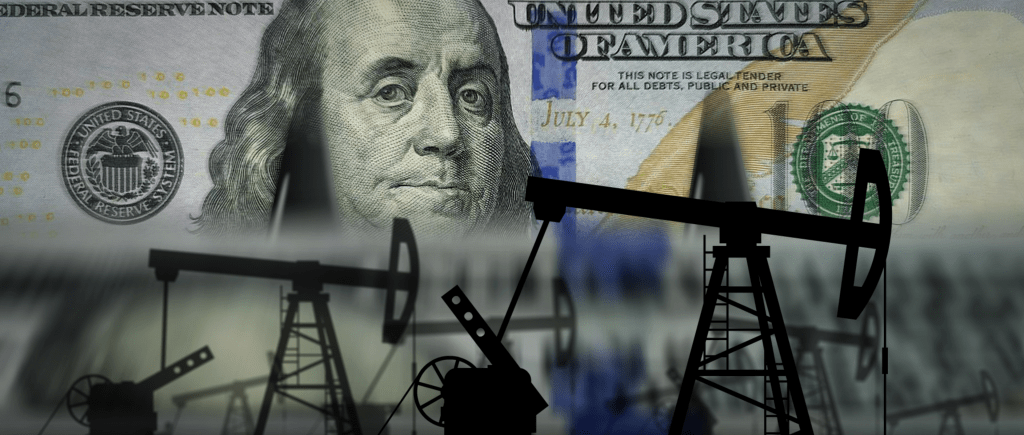After Republicans boycotted talks with President Biden over raising the debt ceiling, the price of oil reversed gains and fell on Friday. The US Dollar falls as demand for safe-haven assets declines as concerns over the debt ceiling ease; oil is primarily priced in USD.
After House Speaker McCarthy left Friday’s negotiations with top Democrats and Vice President Biden, concerns over the debt ceiling resurfaced. In a speech, Fed Chair Jerome Powell underlines the need to lower persistently high inflation but also implies that the Fed’s mission of raising rates has already been partially accomplished by tighter credit conditions.
The start of the US driving season is quickly approaching, and increased demand for petrol is anticipated. The demand for oil increased globally in March, according to data from the Joint Organisations Data Initiative (JODI), further bolstering oil prices. According to the JODI research, global demand increased by 3 million barrels per day (bpd) in March.
The demand for safe haven assets declines, putting pressure on the US dollar. The anticipation that further restrained borrowing and growth will result in greater inflation and higher interest rates, which, if they materialise, will support the USD, limits the downside of the dollar. Increased inflation forecasts are expected to keep the US dollar’s downside in check. Although there are indications that a bottom may be developing, the oil price is in a technical slump that favours shorts.
After Republican House Speaker Kevin McCarthy left discussions with President Biden over the debt ceiling, oil prices traded slightly lower on Friday.
Oil prices had climbed earlier in the day as a result of rising anticipation for higher demand as a result of the start of the US driving season and optimism regarding the debt ceiling. Since crude prices are mostly quoted in and traded in US Dollars, the US Dollar Index (DXY) is slightly down at the time of writing.
WTI Oil is making lower lows and is in a long-term decline. This favours short holdings over long positions, in line with the proverb that states that the trend is your friend. Except for the 200-week SMA at $66.89, it is trading below all of the significant daily Simple Moving Averages (SMA) and all of the weekly SMAs.
There are indications that the decline may be ending despite being dominating at the moment. At the March and May 2023 lows, there is a slight bullish convergence between price and the Relative Strength Index (RSI), although the price made a lower low in May than the RSI did. This indicates a reduction in bearish pressure. Oil price bulls, however, would need to break above the $76.85 lower high of April 28 to bring the dominant bear trend into doubt.
 Noor Trends News, Technical Analysis, Educational Tools and Recommendations
Noor Trends News, Technical Analysis, Educational Tools and Recommendations





